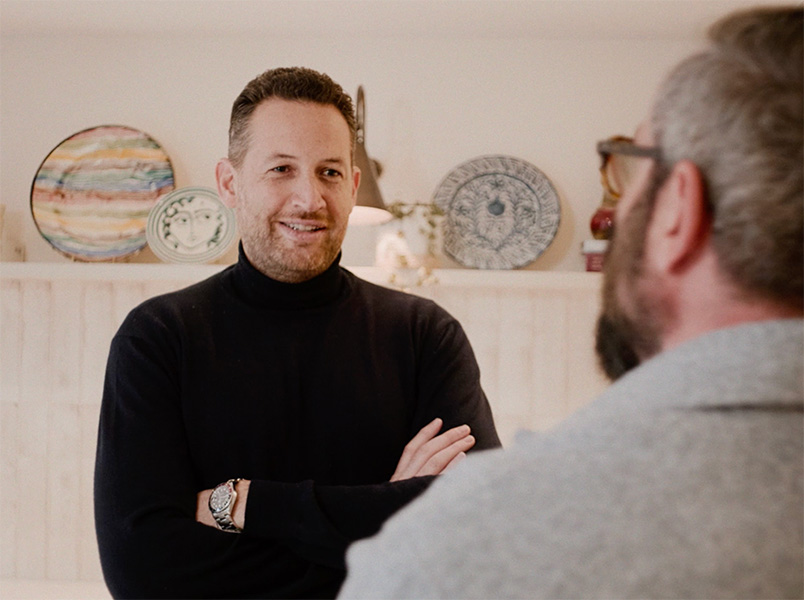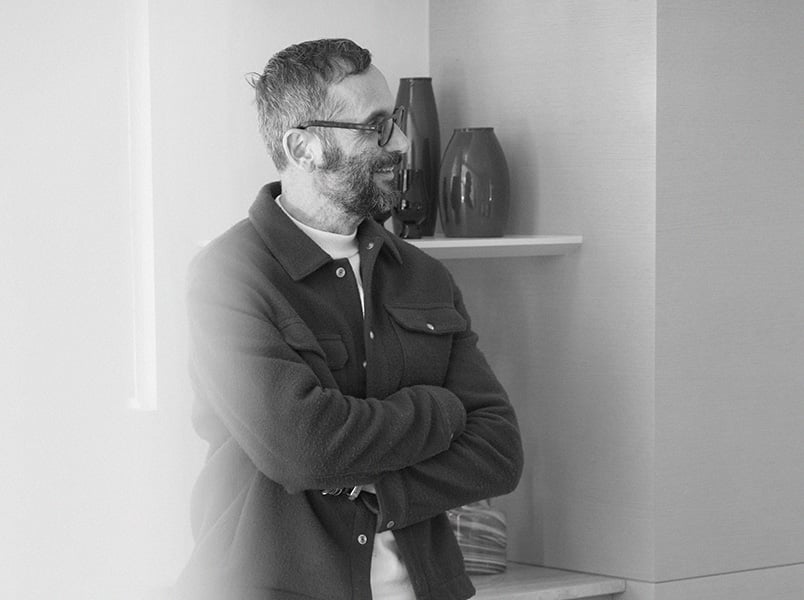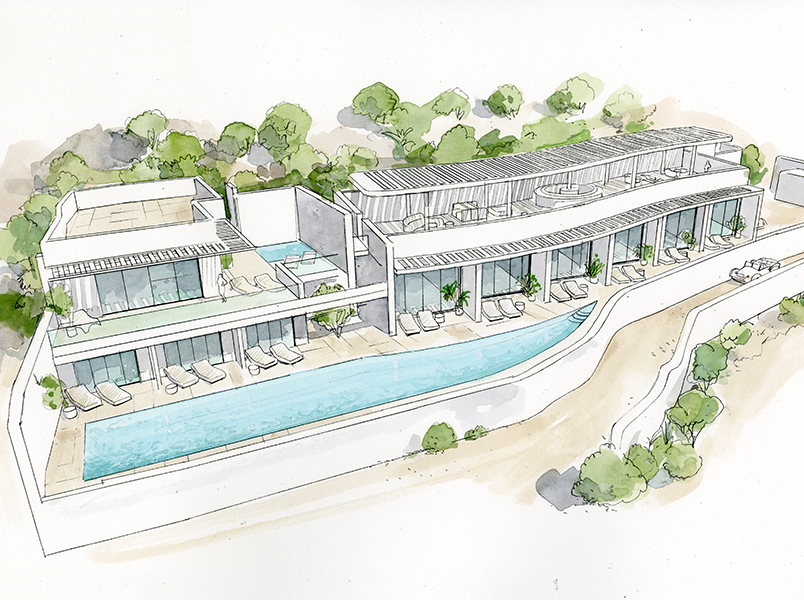Talking Design
OWN LONDON Film Series: Vision
Founder and Managing Director of OWN LONDON, Alex Labridis shares his inspiration and ambitions for the future.
Interview with Trevor Neves, Associate Director – Projects at OWN LONDON
As Associate Director of Projects at OWN LONDON, I manage the integration of the team, procurement, scheduling, resources, risks and quality. I’m currently overseeing three projects – one live project and two which are in the pre-construction stage.
I work between site and office and act as a conduit between the two, communicating the site concerns to the office and then translating solutions back to site. As the project lead, I have interface with each design team, and oversee the site team, managing the contractors on site, as well as liaising with the commercial management side of the business.
Transparency at all times. Honesty builds trust with clients, contractors and the wider site team alike. Communicating early and often, especially when there are challenges, makes all the difference in cultivating a sense of trust. This is compounded over time with every interaction and really strengthens those relationships.
I trained in Property Studies at the University of Cape Town and worked for my family’s construction firm before becoming a certified Project Management professional in both South Africa and the UK, working in prime residential. In my experience, I’d say that most project management challenges are universal; they always revolve around rising costs, lack of skills and tighter schedules.
However, I believe that in a city like London a lack of skilled artisans and rising costs impacts the industry on a great scale. Building strong and wide relationships, retaining and training talent – especially with skilled artisans – is the key to delivering quality and overcoming the inevitable challenges.
Having a multidisciplinary studio means that our construction team knows from the outset that a design is workable. There is a lot of time and money wasted when there is a lack of connection between the design and construction sides of a project. It works both ways; our designs are shaped from the very beginning by the deep insights of our construction team, enabling us to deliver precisely what we envision with great efficiency.
Having a comprehensive grasp of the team’s strengths, weaknesses, and their broader network is crucial for effective project management. Equally important is the skill to identify and mitigate risks associated with individual tasks. An adept project manager must also be able to take an unbiased view to accurately estimate project timelines, ensuring a balance between the needs of both the company and the client.
Great communication skills are vital, allowing for detailed contributions to each task, while a meticulous and hyper focused approach is necessary for finding workable solutions. Empathising with the client, understanding their needs, and guiding the team towards prioritising high-quality outcomes are essential. It’s easy to get caught up in the small details, but keeping the team focused on the end goal is vital for successful delivery.
Beginning each task with the end goal in mind is essential. Having a deep understanding of the client’s requirements enables you to zoom in and out of each individual task to deliver each to the highest degree without losing sight of the overall objective.
It’s important to be able to give yourself options, so having a wide network of skilled sub-contractors is essential. Change is inevitable and having the foresight to put contingencies in place can help mitigate any risk. I make sure to meet regularly with the interiors and design teams, and share site updates with the client.
When challenges creep up with the sequencing of work, it’s important to be able to create workable solutions to protect the overall schedule. There are times when we have to communicate challenges to the client, and knowing how to do this in an effective, empathetic manner is vital to maintaining positive relationships.
OWN LONDON’s multidisciplinary approach allows us to identify challenges early on so we can manage our clients’ expectations. We can collaborate quickly with our in-house teams to find solutions – a process which often takes much longer in traditional design house and independent contractor set-ups.
During the pre-construction phase, it is essential to look at the design intent and more detailed design elements to ensure they are workable on site. Where they aren’t, being able to think outside of the box to find solutions that do not compromise the overall desired effect is essential.
By starting off with an understanding of the fundamentals of the design and the client’s requirements for the usability of the space, I ensure there is a good feedback loop between the design and site teams. Where there are concerns, we work on solutions which are integrated into the design.

Founder and Managing Director of OWN LONDON, Alex Labridis shares his inspiration and ambitions for the future.

Head of Design, Jorge Khawam, shares the studio’s design approach and the team’s cross-cultural exchange that inspires creativity.

Announcing one of our latest commissions, interior architecture and interior design of a new all-suite boutique hotel development.